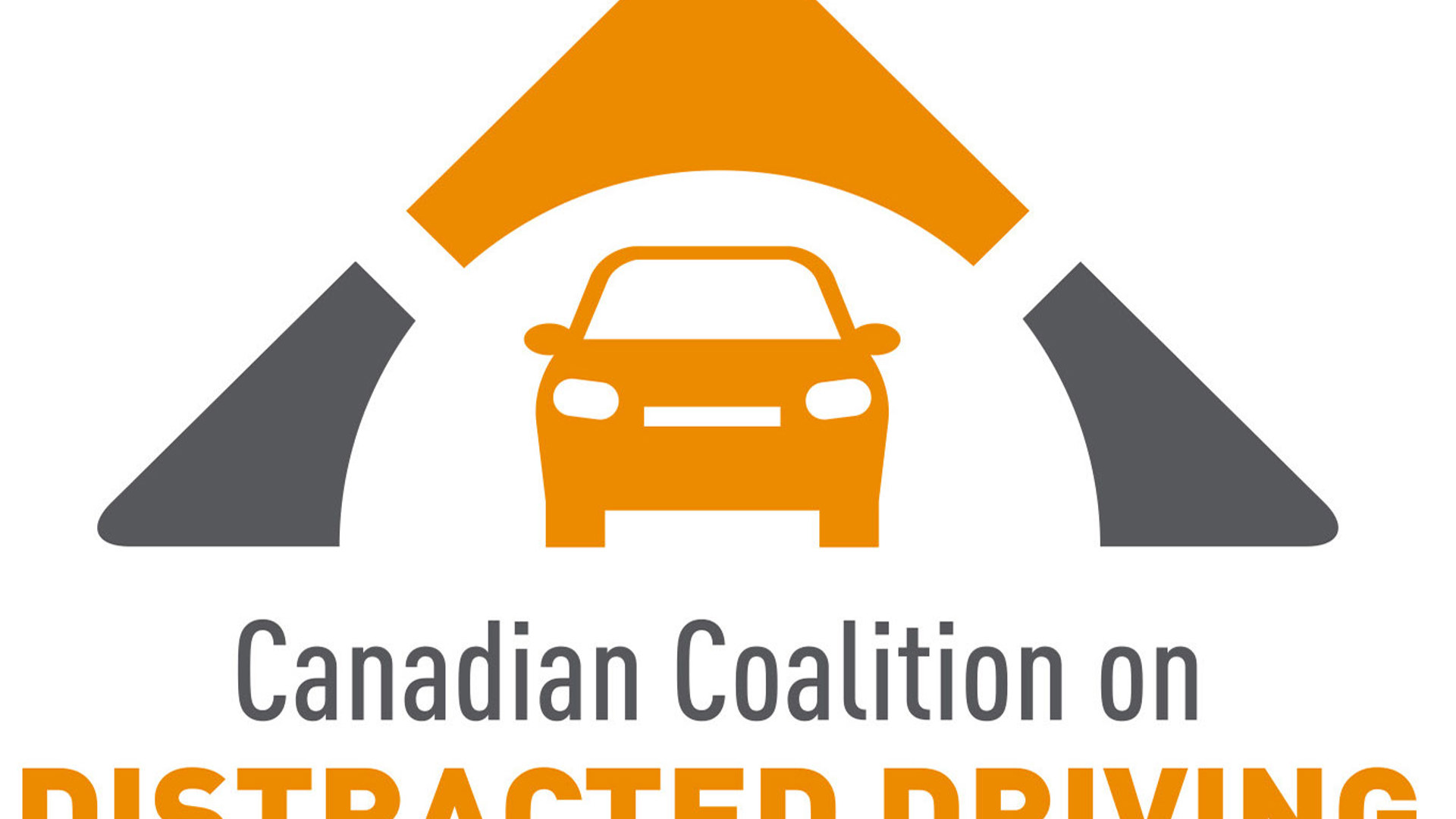The Canadian Coalition on Distracted Driving is a group of government partners, health services agencies, and corporations that want to stop distracted driving. To help do that, the group has issued a 15 part action plan, as part of their full national action plan report, to help save lives and make Canadian roads less distracted.
The group was founded by the Traffic Injury Research Foundation and insurance company The Co-operators, and its plan comes just a week after federal Transport Minister Marc Garneau's letter to the provinces asking them to get tougher on distracted driving. Garneau called for "robust and nationally consistent enforcement measures and penalties" to help reduce the impact of the "increasingly pervasive problem."
Currently, fines range from just $80 to $1,200 and from zero demerit points to five, depending on the province. The federal government can't institute a nationwide standard penalty themselves without making distracted driving a criminal offence. If the provinces align on their own, then the feds won't have to.
The group's report points out that in 2013, 25 percent of traffic deaths were a result of distracted driving. That's 481 people not coming home that year because someone was distracted at the wheel. It discusses that while governments have been banning hand-held phones, that step is difficult to enforce. There have been so many varied awareness campaigns that the clutter may have actually undermined their effectiveness. The coalition thinks that groups need to work together, not independently, to improve highway safety.
The Action plan doesn't propose to fix the issue. It's a resource to point those involved in the right direction to identify habits and develop the tools needed to fix the problem.
Several of the points address that many different agencies are already working on this, but are doing it separately. Instead of sharing information, there is much duplication. The report also stresses that it is important to take the first step right away, as the problem is worsening, not improving.
The 15 steps cover education, including creating real data about distracting habits and strategies to improve. They suggest taking the resulting fact sheets to government and media to share knowledge about distracted driving.
There is a component that addresses enforcement, including looking at ways to improve methods for enforcement as well as better legislation. Then providing educational materials to police to help improve their awareness of the new information. It also points out that officers themselves now have more technology distractions in their cars than ever before.
The last steps are adding technology and working with industry. Developing new ways to detect, or even stop hand-held distractions from happening. Better ways to collect data and track distracted drivers and assess their risks. Finally, making a business case that shows employers how much distraction costs their business then giving them tools to help guide and inform.

